Nonresidential Photovoltaic & Battery Requirements

Although the 2022 Title 24 code came into effect January 1, 2023, the Energy Code Coach service continuously receives inquiries regarding solar and battery requirements for New Construction Nonresidential projects.
Residential Forms for Occupancy (CF1R Highlights)
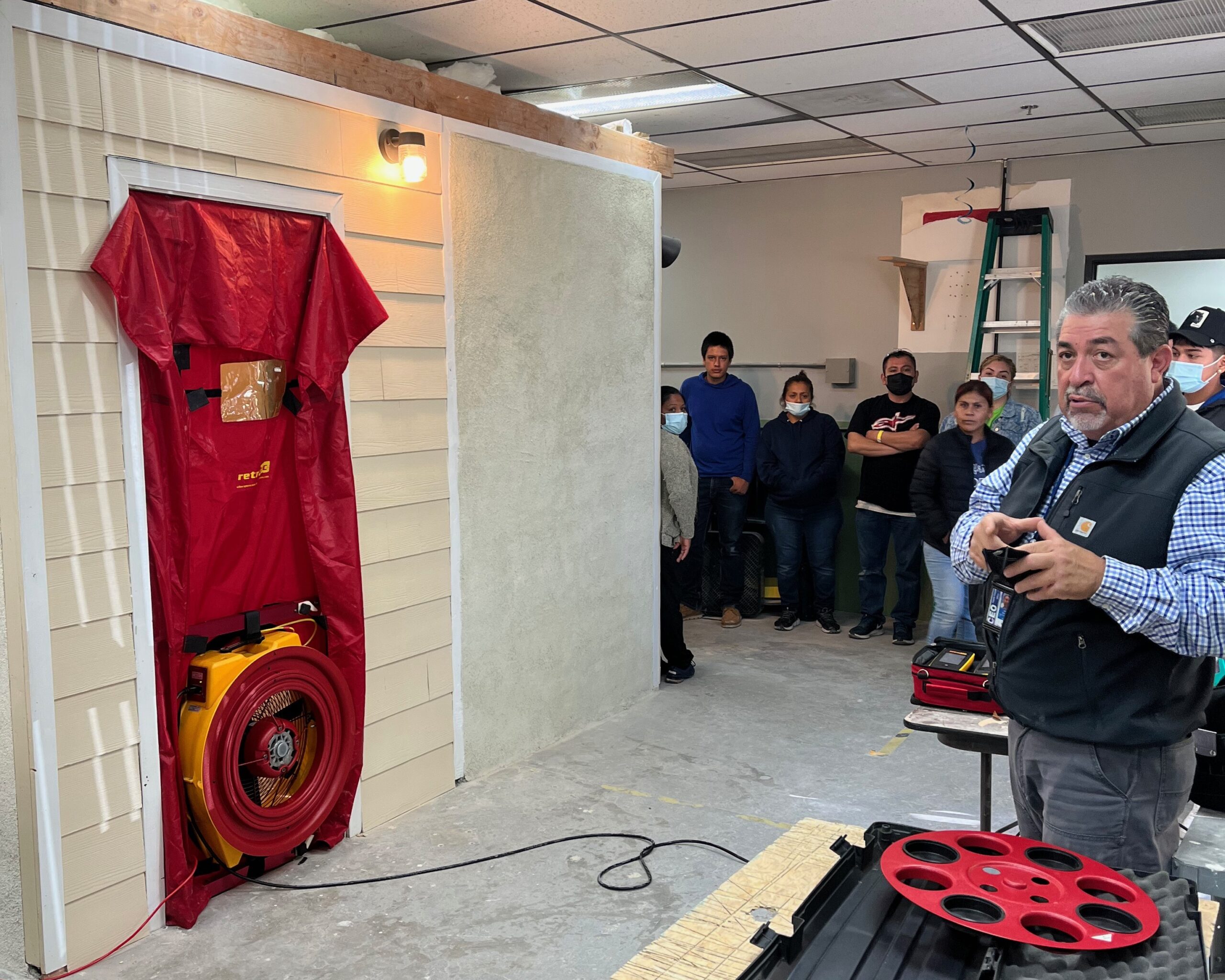
Last month, we highlighted the use of Residential Forms for permitting. Expanding on this challenging area of energy code compliance, this month, we are focusing on the use of CF1R and related forms for occupancy.
Residential Forms for Permitting (CF1R Highlights)

When submitting a new construction residential project for permit in California, the project team will typically submit a CF-1R form to show compliance with the California Energy Code (Title 24 Part 6).
New to 2022 Title 24: Energy Storage Systems (ESS) Ready for Single Family Homes
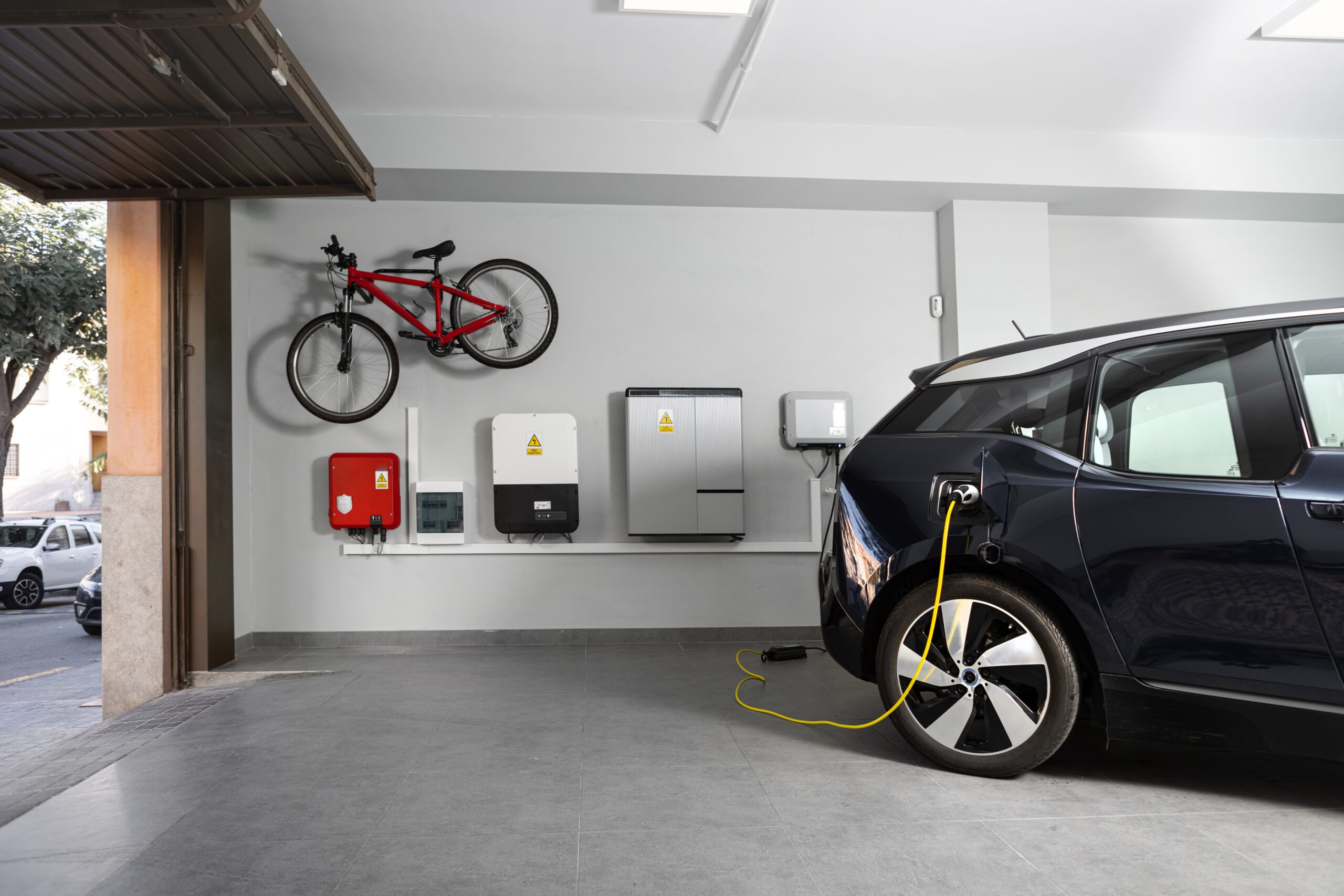
The Energy Storage System (ESS) Ready requirements are a new Mandatory Measure for new construction single family residences with one or two dwelling units.
Residential Water Heating in the 2022 Energy Code
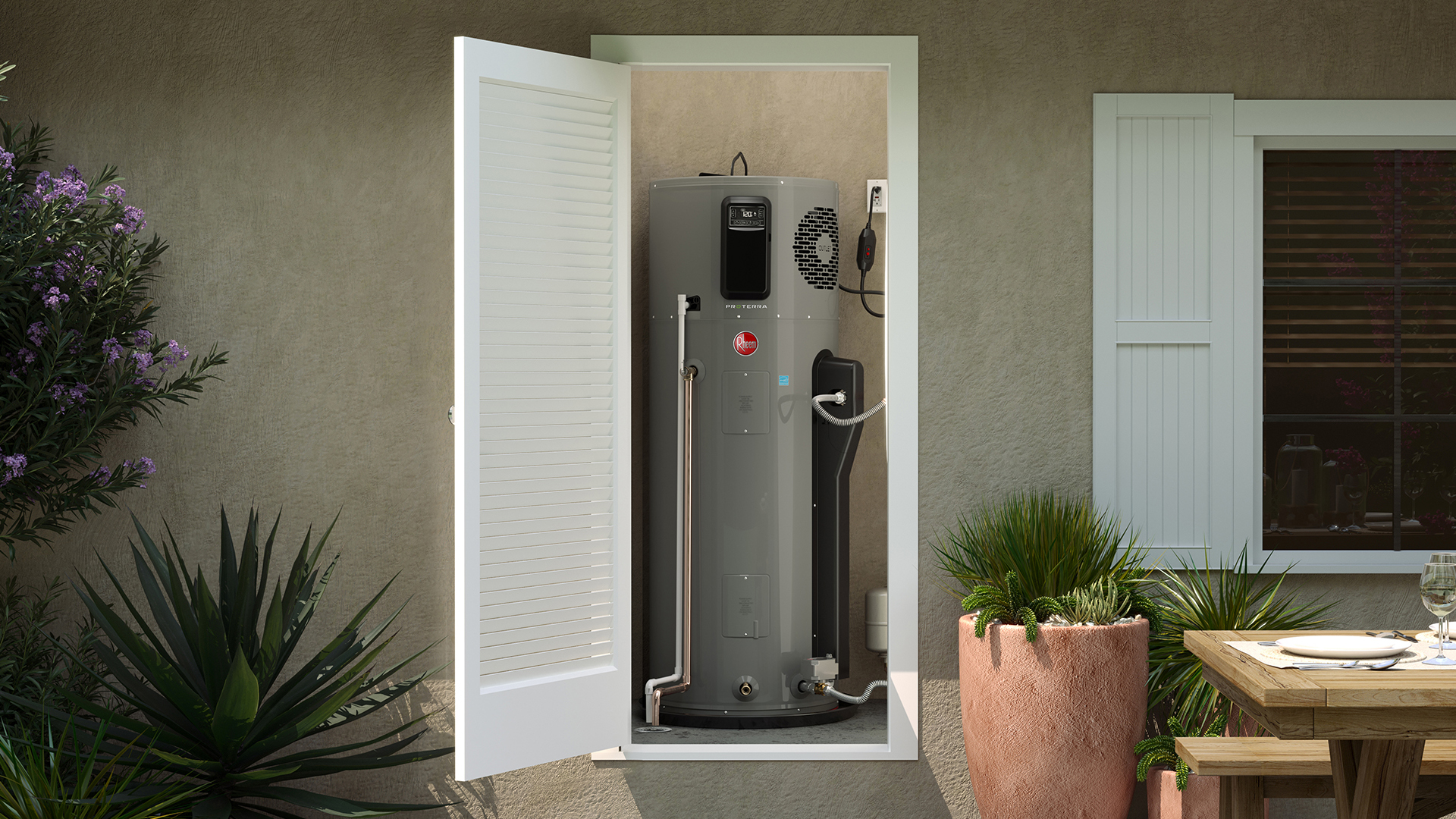
There are four common types of water heater used in residential construction; each has their pros and cons of course, but what does the 2022 Energy Code think of hot water?
Fresh air for indoor air quality
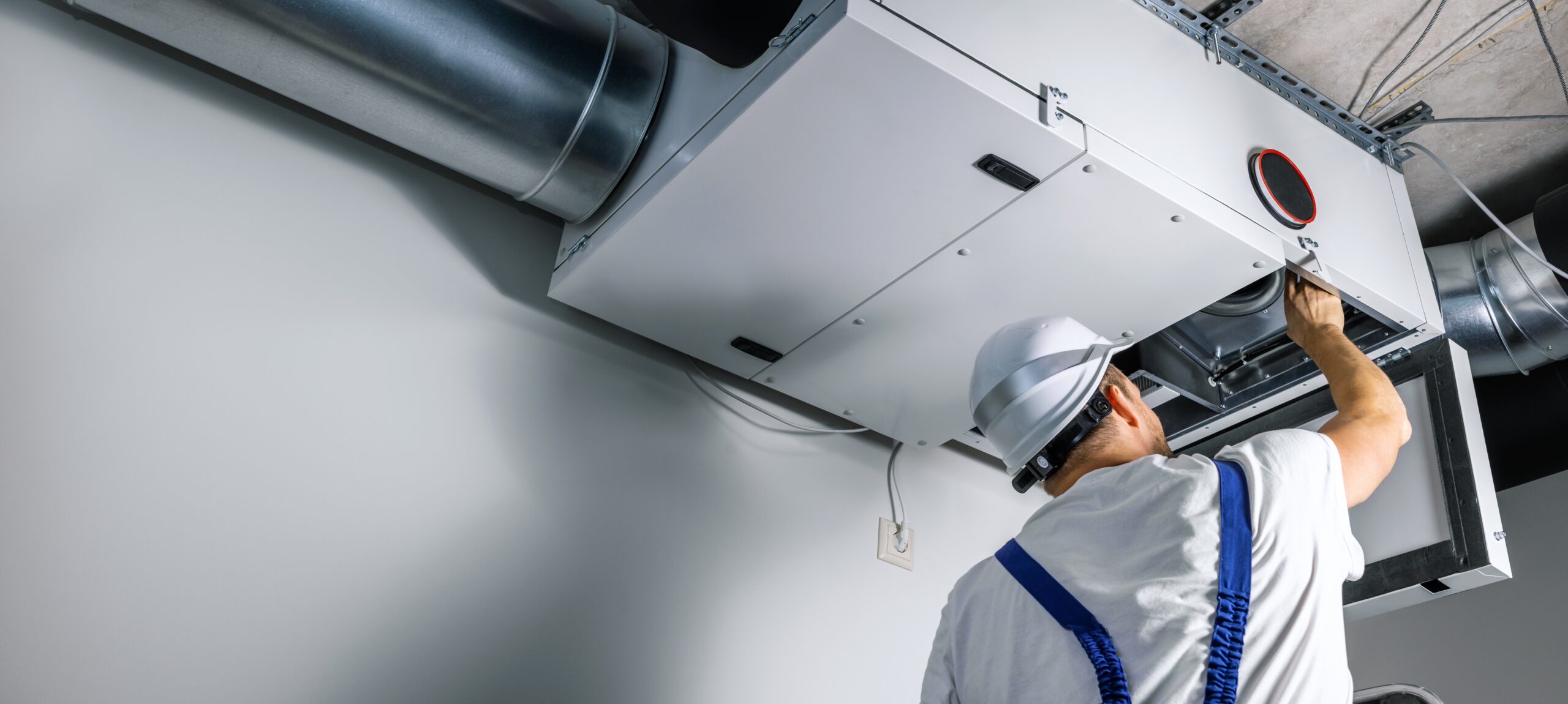
We can all agree fresh and filtered air is important to our health and wellbeing.
Improving indoor air quality through kitchen ventilation
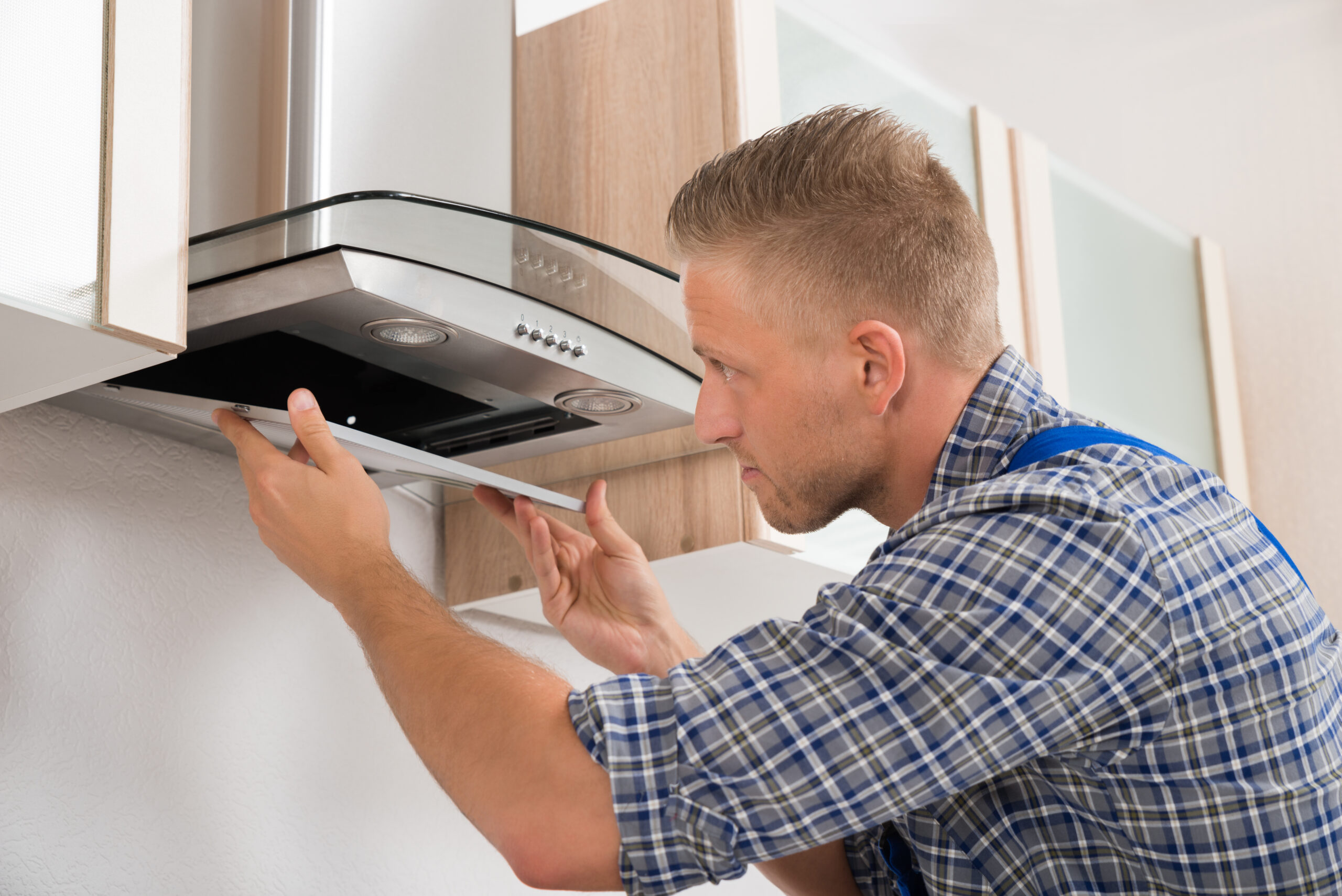
Indoor air quality (IAQ) is an important part of today’s Gas vs Electric appliance debate.
What is an Efficiency Kitchen?

Understanding Efficiency Kitchens for ADUs and Junior Units
February 2022 Newsletter

Striving for Equity in 3C-REN Programming In 2018, the California Public Utilities Commission approved 3C-REN as a Program Administrator (PA),…
May 2021 Newsletter

Green Realtors: The Key to Selling High Performance Buildings Last year, the National Association of Realtors reported that more than…
